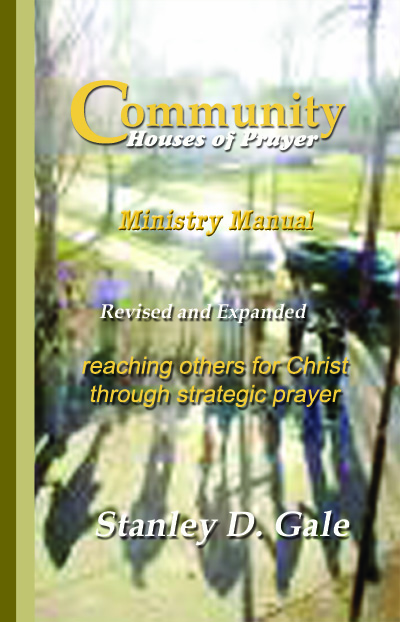-
John 3:16 – the Bible’s Message in a Nutshell
I picked up a tee-shirt at a denominational meeting a few years ago. It’s the best conversation-starter for the gospel I have ever seen.
Spread across the chest of the black shirt in large, red letters are the English words: “For,” “so,” and “the.” Underneath, to the right, is the reference in English and in a much smaller font, “John 3:16.” Between the English words in the main line are three Japanese characters, set in white against the black cloth, that presumably say “God,” “loved” and “world.”
Every time I wear that tee-shirt I find people staring at my chest as they try to make sense of what is says. Christians will usually be quick to recognize the familiar Scripture verse. Some have asked me where I got the shirt. One cashier at a restaurant I frequent even asked if she could take a picture of my shirt to send to her mother.
It is not unusual for people to ask me what it says. Hence, the conversation-starter.
It gives me opportunity for me to tell them what it means and to engage them in conversation. I can pursue their acquaintance with the verse, maybe from signs in the stands at football games or Tim Tebow’s eye patches. I can tell them that passage summarizes the message of the entire Bible. Would they like to hear about it?
John 3:16 is a remarkable verse. It captures the redemptive message of the entire Bible in a nutshell. Redemptive-history distilled.
For example, the typology of the Old Testament sets it up.
“And as Moses lifted up the serpent in the wilderness, so must the Son of Man be lifted up, that whoever believes in him may have eternal life.” (John 3:14–15)
The incident referenced is from Numbers 21 where the people of Israel grumble against God and against Moses. God judges them for their rebellion and sends poisonous snakes to dole out their just sentence. But God in His mercy graciously provides salvation through a substitute (a bronze serpent) lifted high on a pole. The promise is given that everyone who looks to that surrogate serpent will not die but live. Had the serpent not been provided, there would be no escape from death.
That passage is microcosmic of the entire Old Testament. Jesus explained the message of the whole of the Scriptures (i.e., the OT):
“Then [Jesus] opened their minds to understand the Scriptures, and said to them, “Thus it is written, that the Christ should suffer and on the third day rise from the dead, and that repentance and forgiveness of sins should be proclaimed in his name to all nations, beginning from Jerusalem.” (Luke 24:45–47)
If the typology of the Old Testament sets up John 3:16, the continuing predicament of the fall and necessity of looking to God’s provision in faith follows it up.
“For God did not send his Son into the world to condemn the world, but in order that the world might be saved through him. Whoever believes in him is not condemned, but whoever does not believe is condemned already, because he has not believed in the name of the only Son of God.” (John 3:17–18)
We are reminded that people are born in sin, under the sentence of condemnation, awaiting the just wrath of God. It is not a matter of judgment coming upon them. It’s already there.
Encased as a jewel in this setting of Old Testament type and current continuing need (the bronze serpent didn’t do the job) is John 3:16.
““For God so loved the world, that he gave his only Son, that whoever believes in him should not perish but have eternal life.” (John 3:16)
Here we see a salvation initiated and orchestrated by God, the One sinned against. It sparkles with grace. This salvation is motivated by love, not because of anything worthy or deserving in people. It involves a substitute, the Son of God Himself, who would accomplish what no one or nothing ever could. The “gave” of John 3:16 refers to God giving His Son as a sacrifice for sinners (cf. Isaiah 53). Unlike Abraham in Genesis 22, God would sacrifice His Son, His only Son, the Son He loves.
As a substitute, this Son would take the penalty for sin of the whole world, not just Jews but Jews and Gentiles alike—the whole world. Through faith in this sinless, sacrificial substitute, those born condemned in their sin will not perish as they deserve, but have eternal life. He would be the Lamb of God who takes away the sin of the world, something the animal sacrifice of the old covenant could never accomplish. Those lambs were but a placeholder, a finger in the page of the Messiah to come in the fullness of time (Gal. 4:4-5).
Those who reject the Son accredited by God the Father would remain in their sin. In their own righteousness, they would perish. The wrath of God would abide on them.
“Whoever believes in the Son has eternal life; whoever does not obey the Son shall not see life, but the wrath of God remains on him.” (John 3:36)
What an amazing story to tell! What a tremendous hope to offer!
I like to follow up with a little evangelistic booklet I’ve written entitled, God’s Good News. I pass it along with the assurance that it will more fully explain the Bible’s message.
Let us pray and seek opportunity to start the conversation.
SDG





